- No Products In The Cart
- start shopping
WP057, Chef-Mate Cutting Board: Checkerboard End-Grain
TTD$75.00
-
The Price quoted is in USD
- [MATERIALS USED]: Pitch Pine / Appermat
- [QUALITY]: Our Chef-Mate End-Grain Cutting Boards are patiently handcrafted, using the most exotic hardwoods bonded with industrial-strength Marine Epoxy. The procedure through which we manufacture our boards is a delicate combination of age-old and time-tested woodworking techniques and modern technology, in a wide variety of designs and patterns that vividly contrast the different types of lumber used, converting this highly durable kitchen utility into an exquisite work of art. Most of our boards are snugly framed in beautifully matching borders to ensure further longevity of the cutting board. The entire surface is protected and sealed by being soaked in a bath of mineral oil, then coated with a mixture of hot mineral oil and beeswax.
- [GUARANTEE]: We offer a lifetime guarantee on the workmanship used to create these beautiful, yet durable Cutting Boards. You will enjoy many, many years using them in your kitchen
- [COLLECTIBLES]: Be the envy of all your family and friends by collecting the entire set of our gorgeous Chef-Mate End-Grain Cutting Boards, from the Basic – “Supreme Slab End-Grain” to the “3D Wave End-Grain”
Details
- [MANUFACTURER]: Made by Wood Pride Decorative Finishes in Trinidad and Tobago
- [DIMENSIONS]: 12.75″(W) x 18.75″(L) x 1.75″(H)
- [WEIGHT]: 10 lb
- [DELIVERY]: Our packages are delivered throughout Trinidad & Tobago by Universal Packaging System. The domestic courier service arm of UPS International Courier Services. We accept Cash-on-Delivery payments
See below for further details
WHY END-GRAIN CUTTING BOARDS
Whether you’re a novice cook or a gourmet chef, one of the most important pieces of equipment in your kitchen should be a fine-quality cutting board. Wood type, design and construction play a critical role in the creation of chef-quality cutting boards.
When purchasing a cutting board, you should always look for the term “end grain.” What does “end grain” mean, and why is it superior?

End grain cutting boards are crafted with the ends of wood facing up, versus the “long grain” of a piece of wood. Because the grain faces up, your kitchen knife won’t be able to “sever” any wood fibers, meaning it will stay sharper longer.
Cutting boards created with end grain surfaces means the wood compresses in a much tighter space. More wood compression means less chance of bacteria building up in the crevices.
The real beauty of an end grain cutting board is that it is “self-healing” – as the knife pulls out of the board, the fibers push back together.
Finally, end grain cutting boards do not mean the cutting board has a “rough” quality. Some of the most beautiful cutting boards in the culinary world are the end grain variety – works of art, stained and polished as smooth as silk.
End grain cutting boards are an investment worthy of any kitchen and will be handed down for generations.
This video below gives a great analogy 0f how end-grain cutting boards are more durables than the others
| Weight | 10 lbs |
|---|---|
| Dimensions | 18.75 × 12.75 × 1.75 in |
Only logged in customers who have purchased this product may leave a review.
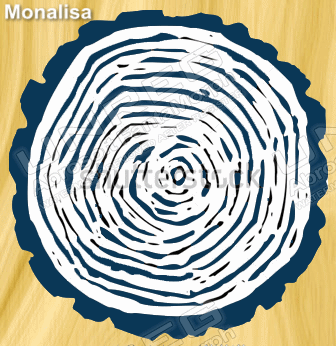



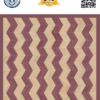
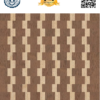


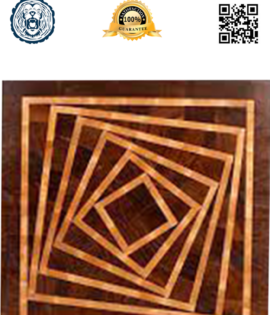
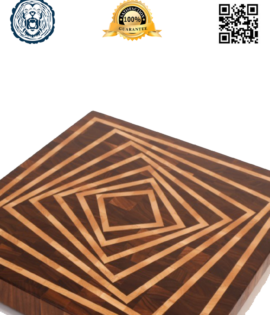
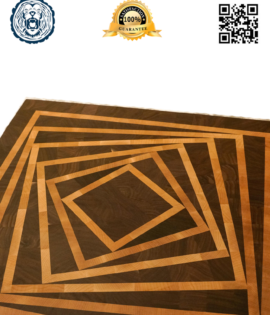
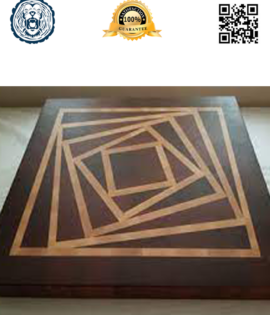

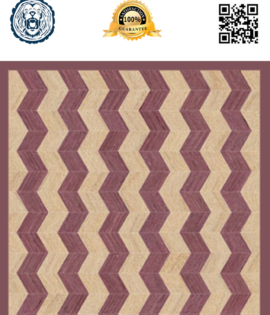

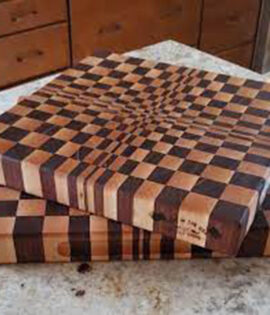




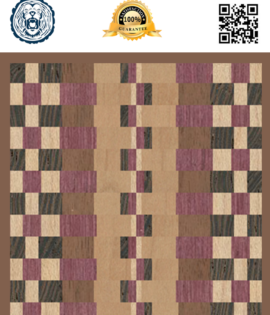
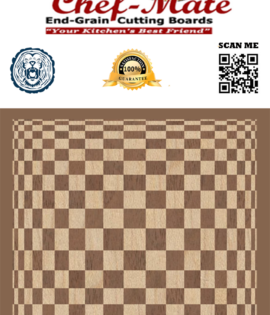




Reviews
There are no reviews yet.